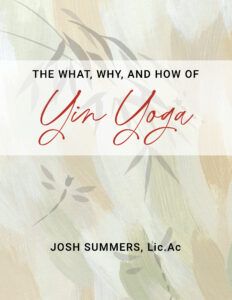From time to time, meditators and yoga practitioners will experience deep and gratifying states of bliss. The body might dissolve into light, effervescent bubbles of sensation. The mind might feel bright and free from all burden. And there might even be a gentle whisper of a thought… “This is it… any moment now… wait for it…
Wait for it…
Enlightenment is…
just…
around…
the…….. cor……”
Then: BAMMMMM! The knees hurt again. The neck is crinked. The neurotic mind is whinging about everything. And like a besotted addict who’s lost his high, we flail to recapture the rapture.
Upon reflection one might see how the very conditions that brought about such extraordinary bliss (mindfulness, non-clinging, investigation, and persistent energy) got hijacked by the usual suspects (greed, aversion, and delusion).
Because the experience of rapture often gives rise to the unhelpful attempt to grasp ahold of the pleasant state, there’s a tendency to avoid any mention of it, especially in Buddhist circles.
And yet, if the Buddha included rapture amongst the Seven Factors of Awakening, it clearly, in my opinion, deserves its share of attention.
So, in this week and the next three Minutes, I will be discussing characteristics of rapture and methods for inviting it in.
Lightness and Agility
Sayadaw U Pandita, describes rapture as filling, “the mind and body with lightness and agility. The mind becomes light and energized. The body also feels agile, light and workable. When rapture occurs, coarse and uncomfortable sensations are replaced with something very soft and gentle, velvet smooth and light. You may feel such lightness of body that it seems as if you are floating in the air.”
Sounds pretty good, eh?
In coming weeks, we’ll investigate various ways of arousing this energy, but for now, take to heart some sobering advice from U Pandita, “You have to understand that rapture arises when the mind is relatively clean of kilesas [defilements]. So, to reach rapture, you must put energy to be mindful from moment to moment so that concentration arises and the kilesas are kept at bay.”
Continuous mindfulness, on and off the cushion, is the key!
For further study, here’s a great talk,Don’t Be Afraid of Pleasure, by Ajahn Geoff.
Originally published on August 3, 2011

